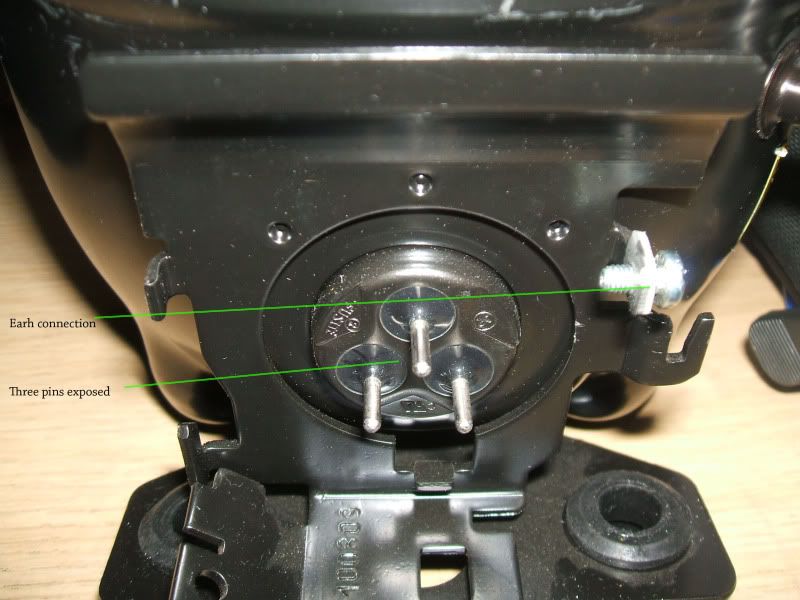
[snip]
For a decent laser you need to get down to say 60 microns or lower.



Quote: Originally posted by IrC  |



| Quote: |



Quote: Originally posted by Regolith  |


Quote: Originally posted by aonomus  |

Quote: Originally posted by Mossydie  |
Quote: Originally posted by peach  |


Quote: Originally posted by peach  |
Quote: Originally posted by entropy51  |
Quote: Originally posted by IrC  |
Quote: Originally posted by entropy51  |
 .
. 


| Quote: |
Quote: Originally posted by Regolith  |
 .
. . Hopefully this little thing will last me many experiments/distillations/filtrations.
. Hopefully this little thing will last me many experiments/distillations/filtrations. .
. . I'll bust out the solder gun,
make this sucker official. FINALLY I have a vacuum pump, stupid water aspirator.
. I'll bust out the solder gun,
make this sucker official. FINALLY I have a vacuum pump, stupid water aspirator. .
. {edit}
{edit} . Thanks for posting that naval electrical engineering
training thing as well, very useful. Oh yea and thanks for making such a comprehensive thread with videos about all this.
. Thanks for posting that naval electrical engineering
training thing as well, very useful. Oh yea and thanks for making such a comprehensive thread with videos about all this.  , keeps the pump cool and has a little solvent trap
in-case anything escapes the receiving flask. Sorry the lab is a little messy.
, keeps the pump cool and has a little solvent trap
in-case anything escapes the receiving flask. Sorry the lab is a little messy. .
. . I think it's toast!
. I think it's toast!

Quote: Originally posted by smaerd  |
Quote: Originally posted by mycotheologist  |

Quote: Originally posted by mycotheologist  |

Quote: Originally posted by bfesser  |

Quote: Originally posted by RogueRose  |
Quote: Originally posted by dicyanin  |
Quote: Originally posted by RogueRose  |